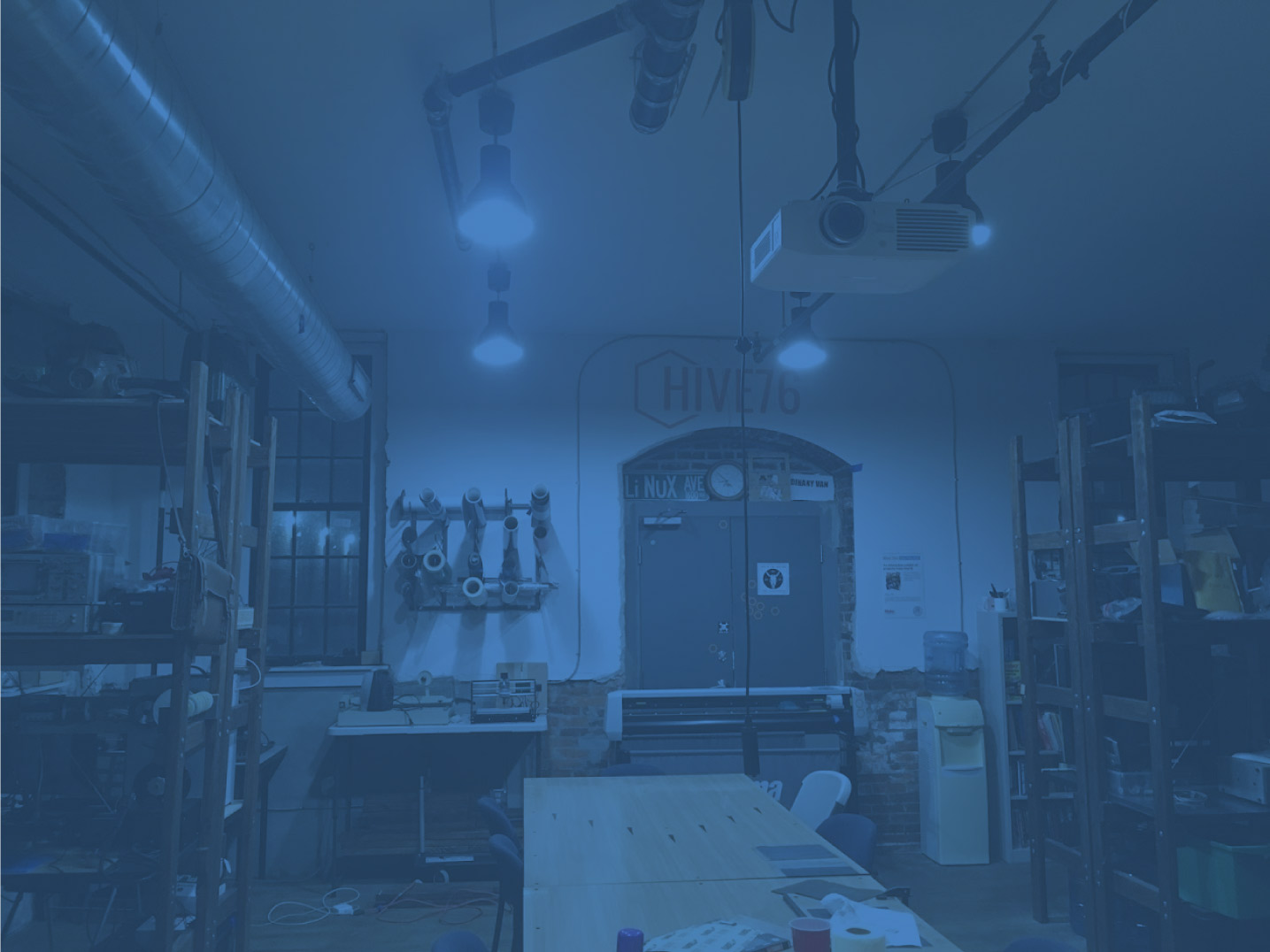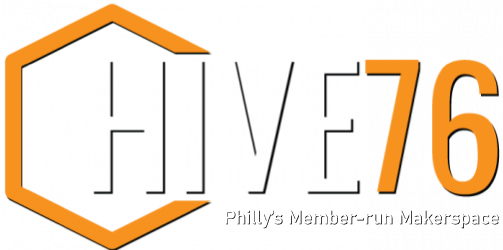We all bring our own ideas to the table of what hackerspaces are about. For some, it’s a place to work. For others, it’s a place to socialize. For me personally, hackerspaces are a place to do work for the community in ways that are unique and effective for engineers and scientists.
I’ve participated in a lot of community service work in my life (voluntarily!) and I found that traditional community service organizations tend to mostly require manual labor from their membership. As you get more involved in the organization, there are other, minor administrative duties that you can take over, like publishing a print newsletter or keeping financial records. Some of the larger organizations have different divisions of state- and national-level management infrastructure that long-time committed members may participate in, for the greater governance of the organization.
But none of these things have any particular bearing on science, technology, engineering, or mathematics. I found myself feeling like I wasn’t contributing as much as I possibly could, because I wasn’t using my strongest skills (in my particular case, I’m an expert programmer with strengths in technical project management). While I certainly appreciate the need to just have bodies that can move trash, it seems a bit wasteful to perform traditional community service duties when you have a group of highly technical people on your hands.
But that is also just me. A lot of people have completely different ideas about what it means to have a hackerspace. Ultimately this is the beauty of the model: the hackerspace is incredibly malleable, independent, and always current. I’m very interested in knowing the variety of opinions from our readership on this very question – what DOES hackerspace mean to you? There may be an aspect of Hive76 some of our readership find intriguing that we fail to advertise to others.








